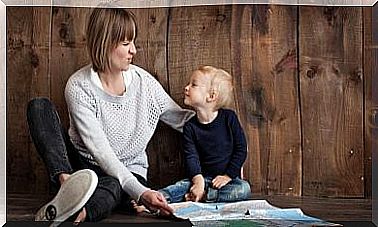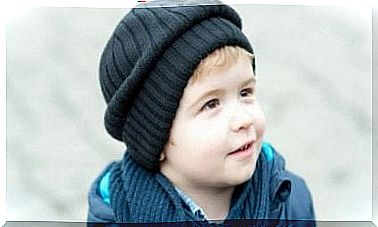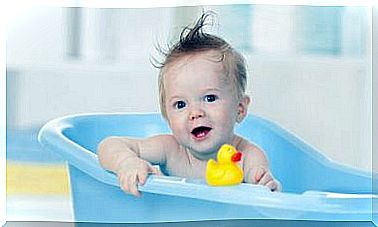5 Activities To Increase Flexibility In Children

Activities to increase flexibility in children help to maintain and improve this important human physical capacity.
Agility allows us to perform movements of greater amplitude, involving muscles, joints and other structures of the body. Unfortunately, we lose this ability over time and often abruptly. Therefore, it is a good idea to work on this skill from an early age.
Flexibility exercises for children
The main purpose of these exercises is to maintain this physical capacity over time. But since we’re talking about kids, it’s essential that we grab their attention and motivate them to get involved. The activities must therefore be attractive and entertaining. Take note of the activities we recommend.
1. Yoga for Kids to Promote Flexibility in Kids
Among the children’s agility activities , yoga stands out as one of the oldest disciplines in the world.
Yoga for children emphasizes working on different body positions, among which static stretching stands out. In addition to working on flexibility in children, this discipline offers a large number of other benefits. Think, for example, of relaxation, concentration and body balance.
This activity is recommended for children between the ages of 4 and 12, but younger children can also participate, with a less restrictive approach.
2. Dancing

Dancing is a good option to work on the flexibility of children, because the continuous movement of the different body segments promotes this capacity.
While many dances don’t require great dexterity , agility is fundamental to moving joints. Therefore, it is good to practice different genres of dance to get the most out of this activity.
In addition to flexibility, dance also stimulates other physical abilities such as strength, endurance and agility.
3. Group games to promote flexibility in children
The stimulation of flexibility in children occurs in three ways: static, dynamic and passive. This capacity can be worked on in all its forms by means of group games.
Passive stretching should be the fundamental axis of the group work. The help of another is recommended, and therefore these games should be played in pairs. In the first round, one of the children is in charge of helping the partner. In the next round, the roles switch.
The teacher, parent or adult in charge of supervising the activity must ensure that the stretching is done correctly to avoid injury.
4. Swimming
Have you noticed that swimming is beneficial for every aspect of a child’s psychophysical development? Agility is certainly no exception.
Children who swim regularly strengthen the four main physical abilities, including agility.
Physical activity is enhanced in the water, because the resistance offered by the water is greater than that of the air. At the same time, swimming requires the movement of several body segments at the same time, so that the physical effort is greater.
Another advantage of this activity is that it allows the strengthening and relaxation of the muscles at the same time. In addition, it promotes the range of motion of the joints.
5. Specific Stretches
In order to increase flexibility in children, they should also do specific stretching exercises, ie exercises that target one or more muscle segments. For children, exercises are recommended that involve the arms, torso, back and legs, among other things.
Before each stretch, try to warm up briefly to activate the muscles and reduce the risk of injury. You should also prevent children from jumping up or making sudden movements so that they do not damage the muscle fibers.

Agility depends on the individuality of the children
While there are several alternatives to working on children’s agility, you should always keep in mind that every child has a different developmental process. Age is not always a good determinant of the psychophysical level of children, so we have to take into account other individual aspects.
Try accompanying your children to routine medical checkups and promote a variety of physical activities to improve your children’s physical abilities. Including flexibility.








